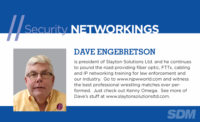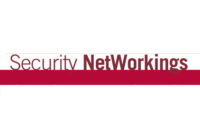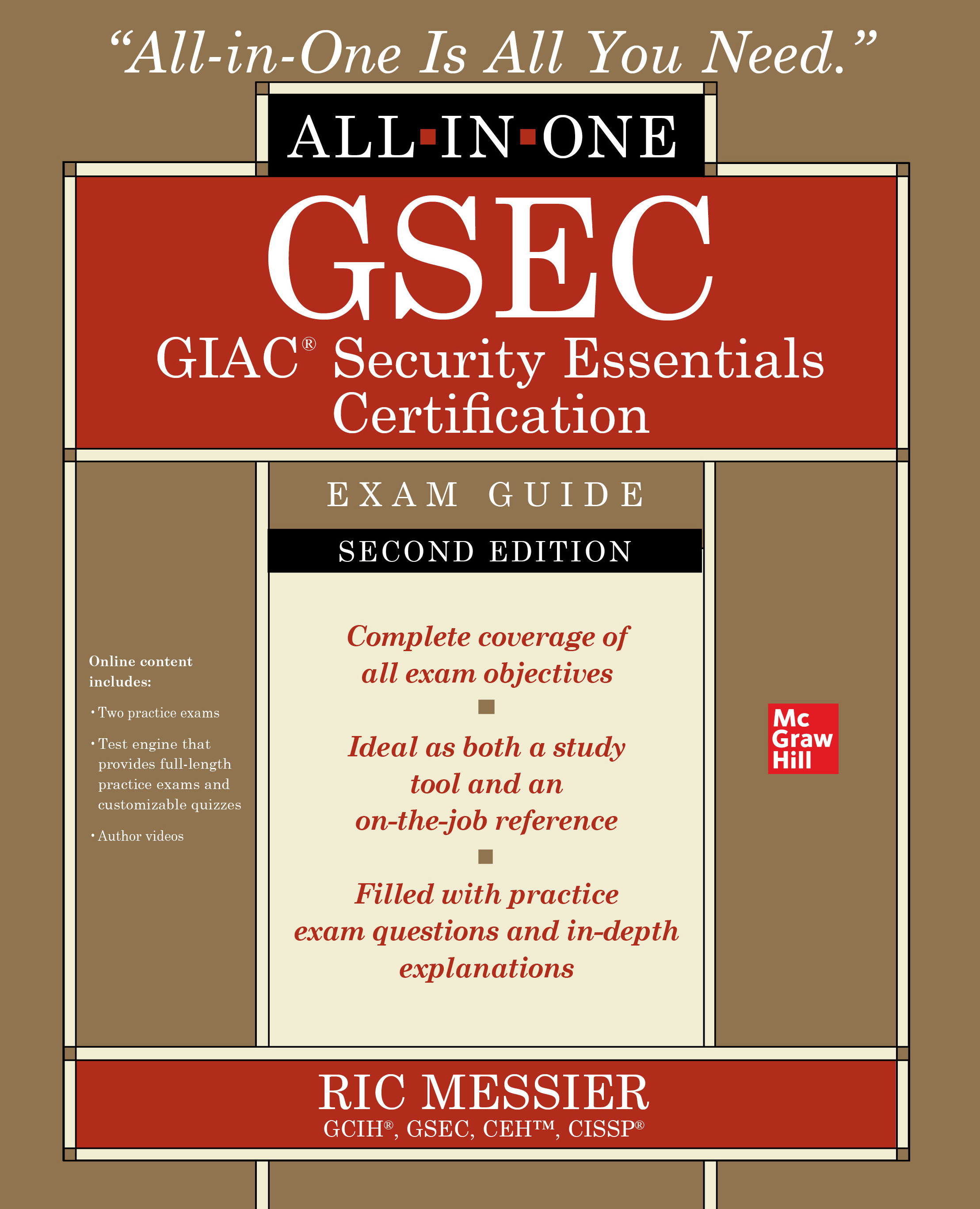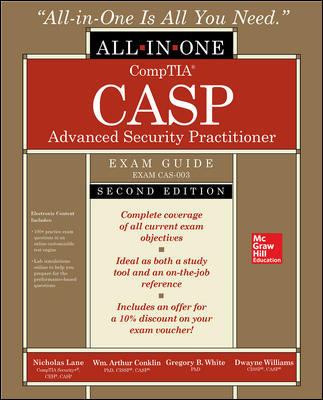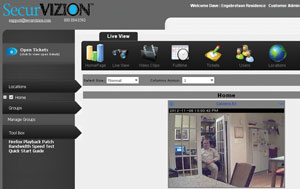
|
|
The author within his ‘cave’ captured on Securvizion. |
There has been an avalanche of media material regarding the Navy Seals after their successful mission against Osama Bin Laden. Tell-all books, movies and television shows have been presenting America’s elite warriors, with details regarding their missions and training activities. I’ve read or watched them all, mostly while sitting at Midway Airport waiting for my next flight out of town.
A favorite saying I’ve drawn from the Navy Seal material is “one is none, and two is one.” This concept relates to the Seals’ equipment and contingency planning. They assume whatever weapon/device is vital to a mission will fail; therefore, it’s imperative to have at least two of everything for a mission.
In the electronic security business, our customers depend on us and our systems to provide security for their dwellings/buildings and to provide notification, fallbacks or fail-safes in the event of a power outage or other system problem. I was reminded of the above Seal credo when I discovered that the NVR in my house was turned off and not recording. To my embarrassment, I found this out during a training class while I was trying to remotely access the cameras in my home.
When I returned to Chicago, I considered the problem while I turned the NVR back on. We had experienced a telephone-pole mounted power transformer explosion a couple of weeks before and our AC power was out for a number of hours. Apparently, this particular NVR did not automatically restart on AC power-up. Had I not attempted to access the NVR during the class it is possible that it could have been deactivated for weeks or months, with no video archives available in the event of a break-in.
Think about your customers — how often do they actually view and/or review their CCTV video streams?
I’m a security-oriented guy, and my house has a complete burglar alarm system along with multiple IP cameras both indoors and out. I’m a guy who likes his technology to work all the time and every time.
I fretted over the NVR power-up failure until I remembered that the primary camera in my house is not only recorded on the NVR but is also sending video images to SecurVizion, an Internet video recording service. A quick check of their website showed that while the video from the NVR wasn’t there, SecurVizion had been steadily recording the video stream.
It’s time for security dealers to accept the Navy Seal motto and start providing backup/redundant recording of critical cameras onto Internet-based recording services, whether it’s SecurVision or another service. SecurVizion provides some excellent features along with very attractive wholesale costs for security dealers.
The end user’s Web interface to their cameras is completely configurable so that instead of the Web page reading “SecurVizion,” it reads “ABC Alarm.” Multiple sites/cameras can be live-viewed simultaneously, so the client can watch their home, office, backyard, and vacation cottage all on the same screen at the same time.
Dealers can control clients’ Web access and can enable/disable users at will. This makes collection of delinquent accounts much easier; what do people do when their cable TV is cut off for non-payment? They pay their bill. Dealers also can view end users’ Web usage to verify they regularly access their cameras, and contact those who are not to ensure that they understand how to use the system.
Another important feature is the generation of “trouble tickets” for system and device outages. If a camera fails or loses its Internet connection, the website can generate an email and/or text message to the dealer. So not only does this system provide primary or backup recording of video, it also monitors clients’ Internet connections. As customers connect more devices to the Internet, the status of their connection becomes much more important and now security dealers can monitor this vital communications path for them.
Security dealers can provide redundant or primary surveillance video recording, monitor devices and Internet connections, while making lots more RMR. At less than $6 per camera or encoder (five frames per second, two-week storage) SecurVizion is the way to go. Dealers can opt for more frame rate and/or more storage for an additional charge. Contact SecurVizion at 800-884-8592 to get started with remote video recording.
Next up, preparation for the zombie apocalypse. Let’s see — two baseball bats, two machetes…


